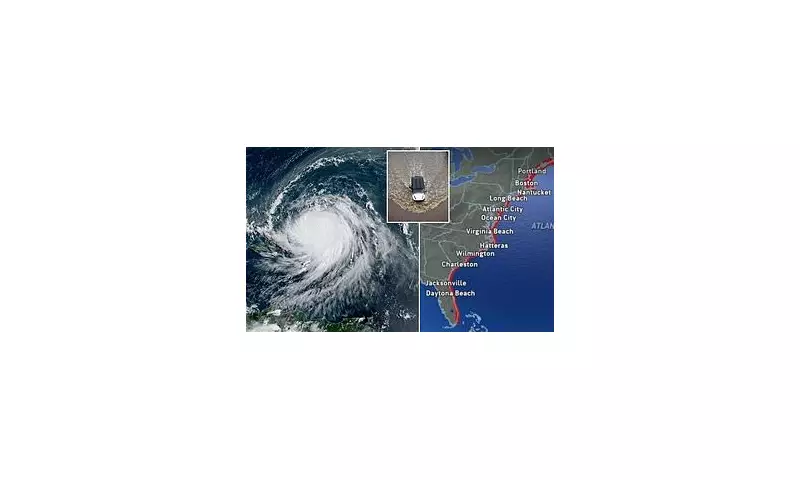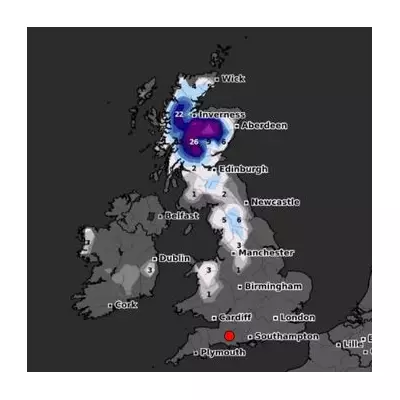
Hurricane Erin is gaining strength as it moves dangerously close to the US East Coast, with meteorologists warning of potentially catastrophic conditions. Authorities have issued mandatory evacuation orders for vulnerable areas, urging residents to seek shelter immediately.
Life-Threatening Conditions Expected
The National Hurricane Center has classified Erin as a major hurricane, with sustained winds exceeding 110 mph. Forecasters predict torrential rainfall, severe flooding, and destructive storm surges that could inundate coastal communities.
Evacuations Underway
Emergency management teams are coordinating large-scale evacuations in low-lying regions. 'This is not a drill,' warned one official. 'We're facing a potentially deadly situation that requires immediate action.'
Preparations Intensify
- Shelters are opening across multiple states
- National Guard units have been activated
- Power companies are staging repair crews
- Airports are cancelling flights
Residents in the storm's path are advised to secure their properties, stock up on essentials, and follow all official instructions. The hurricane's exact landfall remains uncertain, but impacts are expected to be felt across hundreds of miles.
Historical Context
If Erin makes landfall as predicted, it could become one of the most powerful storms to hit the region in decades. Climate scientists note that warmer ocean temperatures are contributing to more intense hurricane activity.





